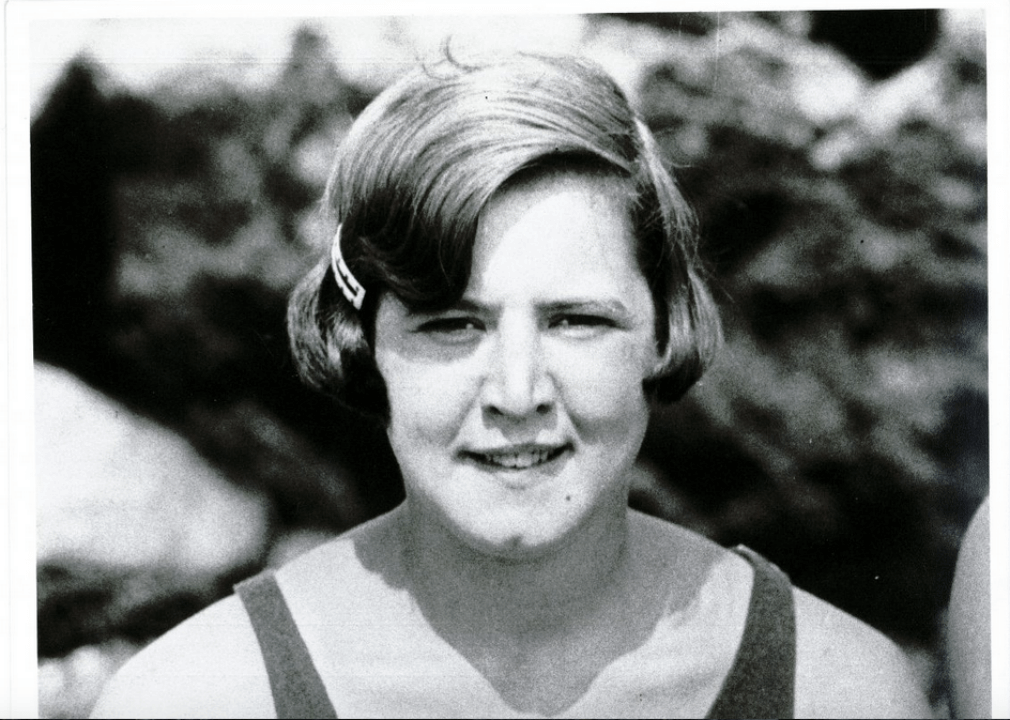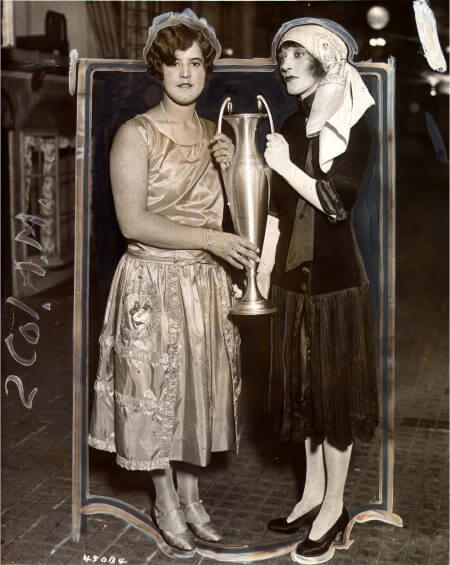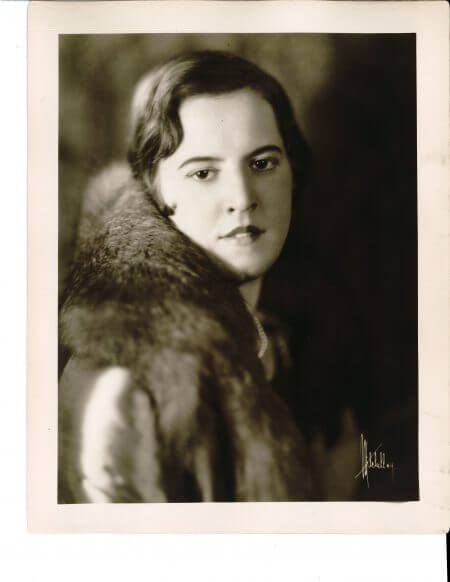National Girls & Women in Sports Day: The Greatness of Gertrude Ederle

National Girls & Women in Sports Day: The Greatness of Gertrude Ederle
By Lianne McCluskey, Swimming World Intern.
Gertrude Ederle showed the world what grit and tenacity can do: make swimming history. On August 6, 1926, 19-year-old Trudy became not only the first woman to complete the English Channel but also set the fastest recorded time completing the crossing. She was the sixth person to ever complete the swim. Known to many as “Queen of the Waves,” Ederle was an American competition swimmer, Olympic champion, and former world record-holder in five events, having set her first world record at 15. The previous best time for swimming the English Channel had been 16 hours and 33 minutes by Enrique Tiraboschi. Ederle reached Kingsdown, England, after 14 hours and 34 minutes. The record was not broken until 1951, when Canada’s Winnie Leuzler completed the swim in a time of 13:25.
According to the book America’s Girl: The Incredible Story of How Swimmer Gertrude Ederle Changed a Nation, Ederle was one of a few brash women in the 1920s who made their way to France to strike a blow for their gender and show everyone that the “weaker” sex wasn’t so weak after all. Over 90 years after rising to fame as the first woman to conquer the English Channel in record-setting fashion, women are continuing to show their power in the sport of swimming. With the NCAA Championships and 2018-19 collegiate swim season coming to a close, Swimming World highlights this pioneer of women’s competitive swimming and what we can learn from her bravery.

Photo Courtesy: Swimming World Archives
1. Do what you want.
Gender aside, Trudy did what she wanted. Swimming the English Channel was much different than the challenges Ederle had endured to become an Olympic champion. Nevertheless, she made the decision not because of what the world would think but because of what she knew she was capable of doing. Ederle was defined as a tomboy, but she professed her love for housework and family. The tabloids at the time in New York City, where she was born and raised, admired her modest demeanor – an antithesis to the flappers and roaring 20s lifestyle. Ederle learned to swim while tied to a rope in the river at her family’s summer home in New Jersey. She spent much of her time swimming in the open water growing up, which ledher to her first world record by the age of 15.

Photo Courtesy: Swimming World Archives
2. Don’t give up.
“People said women couldn’t swim the Channel, but I proved they could,” Ederle told the press following her successful crossing. If people tell you you can’t do something, prove them wrong. According to the International Swimming Hall of Fame, Ederle held 29 U.S. national and world records from 1921 until she turned professional after the 1925 season. Her amateur national championships were won at distances from 50 yards to the half mile, and her great professional Channel effort was 20 miles.
Ederle first tried to swim the channel in 1925, but after nine hours, she was pulled from the water by her support team. She was sponsored by the Women’s Swimming Association who hired coach Jabez Wolffe – a swimmer who attempted the crossing himself twenty-two times without success – to be her coach. He knew better than anyone the currents and whimsical ways of the channel. Wolffe constantly brought up how difficult the channel would be to accomplish during her training, and when the waters got rough, he insisted she abort because he didn’t think Ederle could make it through the waves. During a time when she was floating in the water to rest, she was pulled out of the swim by her support team.
Due to the many attempts of women before her, failures only strengthened the belief in Britain that a woman was incapable of swimming a stretch of water that had defeated scores of strong men. Ederle fired Wolffe and hired Bill Burgess, who in 1911 was the second person to ever finish the English Channel swim. With goggles glued to her face with tar to keep the salt from burning her eyes; grease covering her body from head to toe for warmth; a specially designed two-piece silk swimsuit (considered controversial at the time); her support boat packed with chicken legs, oranges and vegetable chicken soup to sustain her on her journey; and reporters covering the historic moment, Ederle successfully swam from Cape Gris-Nez in France to Dover, England.

Photo Courtesy: Swimming World Archives
3. Give back to others.
Unfortunately, Ederle suffered permanent hearing damage from the English Channel Crossing. Instead of letting this challenge discourage her after retiring from competitive swimming, Ederle gave back by teaching swimming lessons to deaf children in the New York City area. She was able to share her passion and love of the sport with others in spite of her own difficulties she faced.
Whether we win or lose, if we are able to share the gifts and passions we have with others, it will only further develop the legacy we leave behind: not to mention helping others boosts our own happiness!
Trudy left her mark on the swimming world not only because she showed what woman can accomplish as athletes but also what it means to live your truth and believe in yourself. There can be no limitations on what we can achieve. Being able to then share that with others is the key to a happy life once we have moved on from competing ourselves.
-All commentaries and research was conducted by the the author and do not necessarily reflect the views of Swimming World Magazine nor its staff.




She has been a heroine of mine, since I was a little age grouper in the Detroit area. So glad you wrote about her, and even that great old UM coach, Gus Stager. Look up some of the things his MSU colleague, Charles MacCaffree, did for the administration of swimming. You might be surprised!
Kalina Grace Emaus
So great! I will share this with Cora, Lianne!
I read a book about her when I was 11 years old and learning the butterfly. There were also stories about Johnny Weismuller and Babe Ruth, and Babe Dickson, the fame golfer and runner.